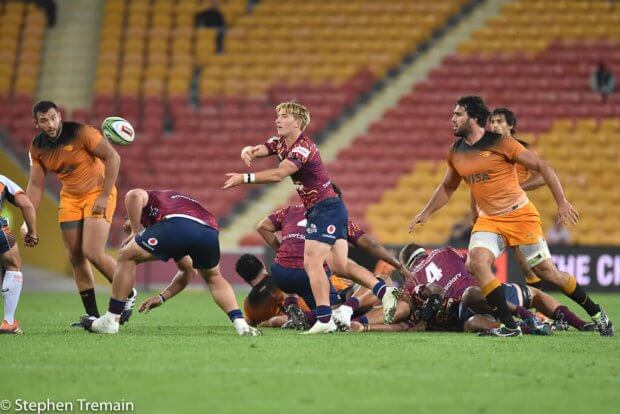Trans-Tasman – Asian Pacific – National Club Comp – Global Rapid Rugby expansion – State of Origin – expanded NRC. There has been a lot of models of competition being put out there of late as proposed answers to rugby’s current problems in Australia. Unfortunately, each of them has problems. Or are largely based on what can only be described as ‘straw-clutching’ assumptions.
Can we assume that New Zealand will be happy to play only Australian teams? Can we assume that Twiggy would offer an olive branch after he was rejected previously? Can we assume that any broadcaster is prepared to pay for rights to this content to keep the game commercial at a level we have become comfortable with?
I feel its increasingly unlikely for us to be able to assume any of these. In fact, my own assumption is that professional rugby in Australia is completely unsustainable.
In fact, I do not feel positive as to the future of our sport at all. At least in its current form. For not only is Rugby Australia struggling financially but so are the Super Rugby teams and the respective state bodies. And not just now, but they have been year in year out for a long time.
I can’t see a knight in shining armor either. World Rugby’s loan could end up being a donation. It may not even be enough to get us out of this current sink hole of a state we find ourselves in after decades of financial, operational and strategic mismanagement across the game.
So where do I think it will go? Genuinely? I reckon we are going to Marty McFly this thing. I think we are going back…to the future.
And I think we should embrace it.
If our biggest revenue is TV rights and that is looking dodgier by the day, the biggest expenditure is player and super rugby costs. Then to offset a dramatic loss in revenue, the biggest cost items will be the first to go.
Domestic Rugby
Most Aussies agree Super Rugby is a broken model and that ditching it will be a good thing. But I have read too much to suggest that people then think those 120 professional players will just stick around and play club footy. And then that this will result in an incredible club footy program from which we can build an all-powerful national club comp.
It will not happen.
Once Super Rugby is done, and with no viable alternative, expect 95% of our Super Rugby and Wallaby players to go overseas or to rugby league. And a few more from the rung below. We will not be able to stop them. Again – embrace it. These are professional players who need to maximize their earnings at a young age while they can. Let them.
Sure, there will be uncertainty as to some of the professional rugby models overseas, but most seem more solid than anything we have here. So, expect a tidal wave of high-quality Aussie rugby players heading to France, the UK, Japan and perhaps the USA. Maybe even South Africa or New Zealand. And of course the NRL.
Back here, club footy will be it. The QLD Premier Rugby, Shute Shield, John I Dent Cup etc will just continue as usual. These are amateur clubs with a heavy reliance on volunteers played by players who just want to play footy. Nothing will stop them doing that. They can run from basically March until September with a few bye weekends built around rep rugby. But this will be the highest level of consistent rugby in Australia.
Because the sport will continue to exist as a sport. Kids will play it; some schools will play it; there will be suburban rugby and there will be premier and broader club rugby. I suspect numbers may struggle for a while. Perhaps for a long time. But it remains a fun game to play and watch at those levels. It will continue to be so.
And thus, there will be a national body. They may have to begin again as Rugby Union Australia or something. But they will be there basically just to run the game. To organise match official and coach training and accreditation; negotiate the national insurance program; manage some representative rugby and oversee national teams (yes there will be those still, which I will come to soon). But it will be a shadow of it former bulky self as an organisation and will rely heavily on the equally pared back state organisations.
They will still receive funding, I would expect, from Sport Australia as an endorsed national sporting body. But that would go just to running the game and encourage every day Aussies to keep active. Sponsorship funds would still be a target, probably focused on the Wallabies and the limited games they would still play.
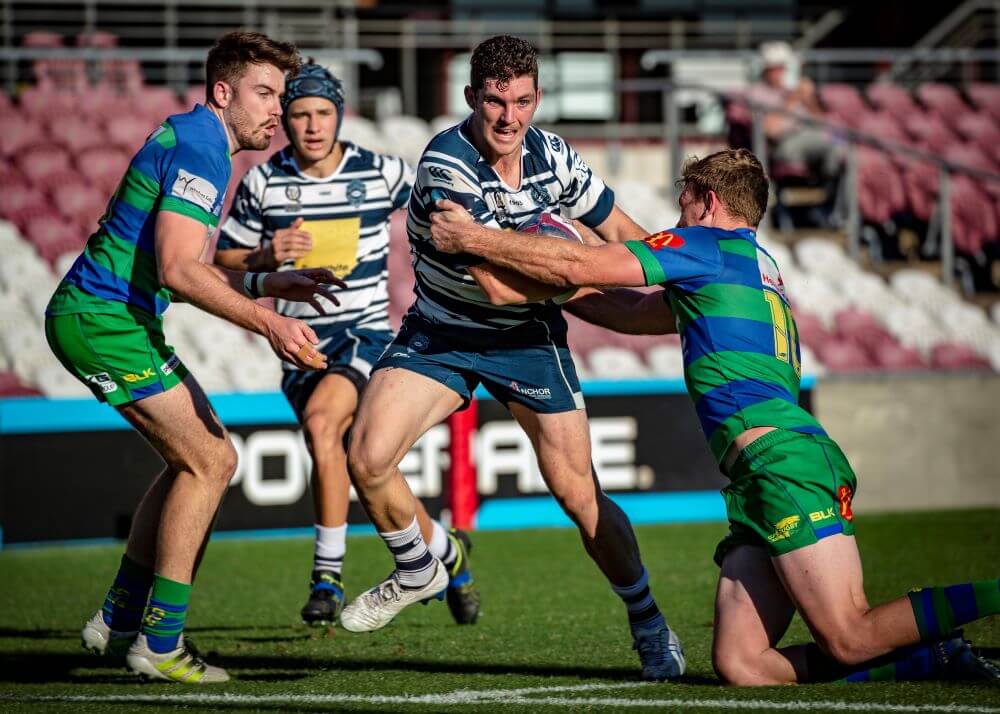
Representative Rugby
It will still exist. But it will be just that I reckon – a representative team. Let us start at the state level. These will be amateur teams. Basically, the best players picked from each state. Largely it will be based on the respective premier club competition, but country rugby would throw up regular contenders I have no doubt.
There may be a chance that some of the young professionals around the competition, such as Angus Scott-Young and Tom Robertson, would stay around and balance their careers with their rugby, but I’d suggest that would be unlikely.
Perhaps there will be some, such as Henry Speight, Will Miller or Lachlan McCaffrey who are at that stage of their playing careers where staying home and setting up base is more important to playing at the top level. They would be valuable additions to the club scene much the way Ben Mowen and Adam Freier are now to their respective clubs.
As for who these teams would play? Well, like back in the day, it would vary. Options would be limited given the professional structures involved most everywhere else. But they could play a Ricoh Challenge like interstate series. Queensland v New South Wales v ACT v Victoria. All from players playing their respective club comps.
Perhaps there will be a chance to play against the Force or even some of the teams touring for Global Rapid Rugby. Overseas tours could still be a thing, subject to funding. Games against the heartland teams of New Zealand or maybe the Pacific Islands or Japan. Budgets would be stretched, and player payments would be limited, but it would be a legitimate representative jersey and a reward for some very capable players.
Think of it as the likes of Tom Lucas, Patrick James and Dillon Wihongi shaping up for Queensland up against the likes of Christian Poidevin, Richard Wolfe and MacLean Jones for NSW.
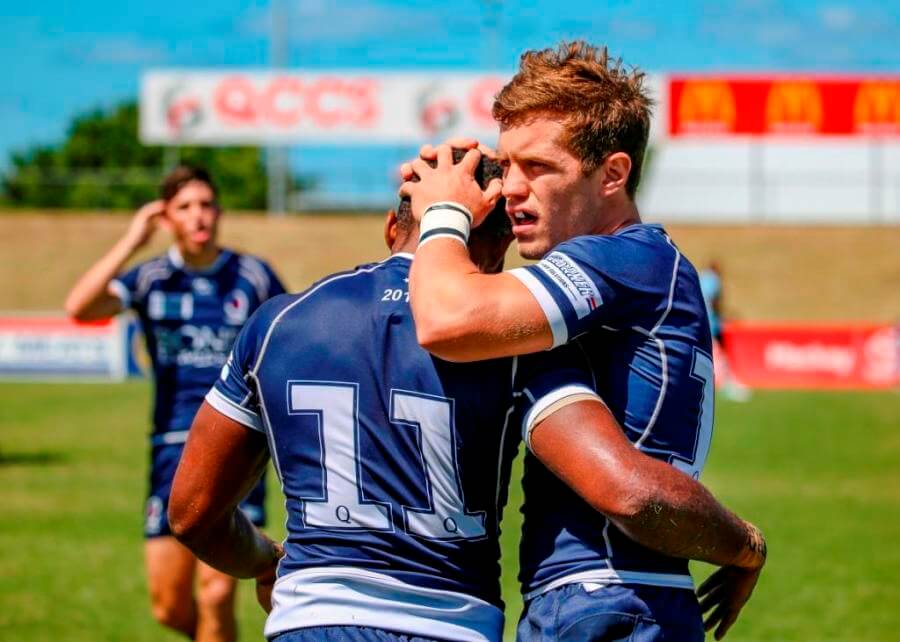
Wallabies:
Obviously the first thing to go (after Super Rugby) is the Giteau Clause. With the bulk of our best players now overseas, it is open slather from a Wallaby selection perspective. So that means in the agreed test windows, whatever they end up being, we can pick what should be a full-strength Wallaby team.
I’d hope there will still international tours in July, but we may end up cutting back on games against the UK teams, to allow a game or two against the All Blacks while we are at full strength. Any game outside the World Rugby decreed test window (such as when the Rugby Championship has traditionally been played) we would be back to picking our local amateurs.
That is not to say those lads wouldn’t get a chance to represent their country. Perhaps we could join the Pacific Nations Champions Cup alongside Fiji and Samoa. Or we could undertake tours of Europe playing the likes of Romania, Spain and perhaps Italy. Whether this team travels as a Wallaby team or an Australian Barbarians team, and thus uncapped, would be something for the national union to decide upon.
As it would stand, I think we would see about six to seven tests a year from our best Wallaby team with at least two of those in Australia. Not enough for us to build any great combinations or cohesion and our ratings would be expected to slide, but that would be probably a more realistic representation of where rugby stands here at the moment.
Could the Lions tour still happen in 2025 still? Gees it would be tough under a traditional model. Going in our favour is that they are getting increasingly compact so perhaps if they could fit a match v Japan on the way over, and we could scrap together an Australian A side, then we might be able to provide them some form of a tour schedule. The risk is that the European clubs kick up a stink having lost their Lions players and having to be without their Wallaby players too.
As for our chances of hosting the Rugby World Cup in 2027? It would only be possible if the Federal Government largely underwrote the event, which is not unheard of in Australia. What becomes of the profits would be heavily dictated by any agreement with the Feds, but there should be some clear lessons from post 2003 in terms of future proofing the game.
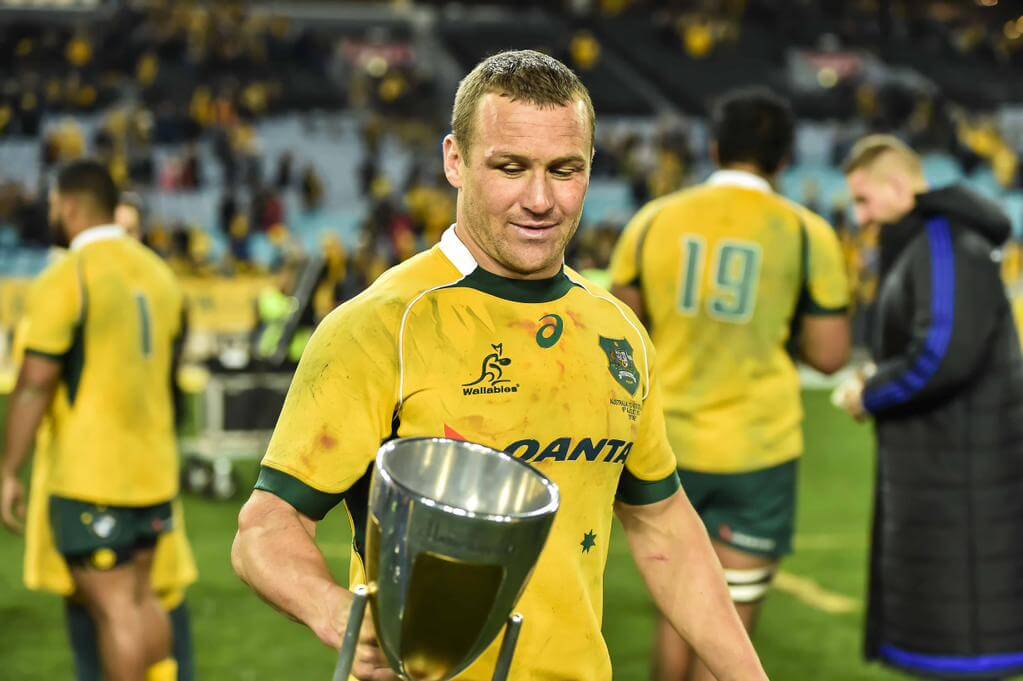
Sevens
I think Sevens would do well out of this scenario. If we assume that the World Series continues, despite potential travel challenges in a post-COVID world, and the Olympics is the same, then Sevens would be a high-profile component of the national body’s deliverables. Funding would continue for its High Performance program, flowing from Sport Australia, and I suspect a bit of corporate support will come it’s way as well.
From a player perspective, who knows? They may benefit as well. Maybe the draw of the Olympics is enough to keep Isaac Lucas or Harry Wilson or Rob Valetini in Australia for a few years. They can always chase the euro, yen our pound after they have got a medal around their neck.
Schools
I am intrigued about this. Perhaps the restructure and resultant refocus of the national body will see them with a greater focus around getting more schools playing the game. It will be an oily rag program, but necessity is the mother of invention after all.
As for the ‘elite’ level, will the GPS schools still throw money at their rugby program? I guess it depends as to whether there is still seen as perceived value in a rugby premiership. I suspect there will be for a time being, as the old boy influence remains a strong and traditional one. But I imagine these programs could become a more developed breading ground for the NRL clubs to a level far greater than we see today. Think more Brodie Crofts, Pat Carrigans, Kayln Pongas and Damien Cooks.
Ostensibly though, the structure remains. There will still be an Australian Schoolboys team, and probably back to the more traditional approach as run by Australian Schools Rugby rather than an academy structure that was recently created. They could still tour, subject to funds, and there is no reason why they would not be competitive…as long as we let the leaguies play. The tours would likely be a recruiting tool for overseas clubs, however.
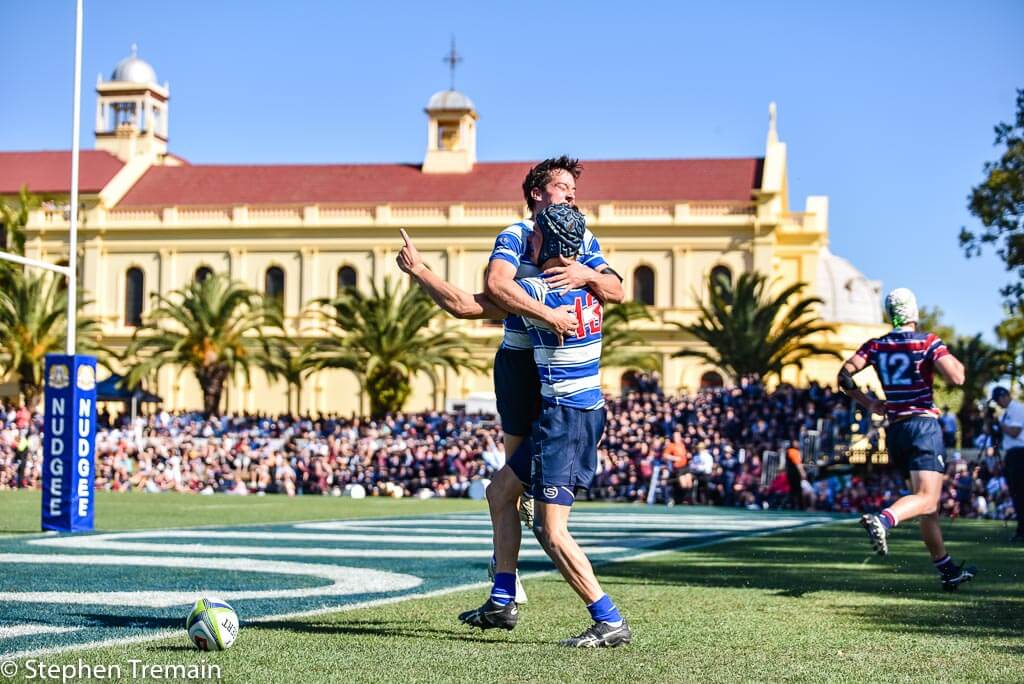
Women’s Rugby
I do not think I have to mention them, but there always seems to be an obligation to these days. Basically, it all remains the same for them. They remain massively underfunded and basically amateur. Soon, finally, they will be earning the same as the men. Bugger all.
The Wrap Up
The more I have watched developments in rugby in Australia, the more I think this is our future. Obviously, the drama has been heightened of late around COVID and the Captains 10, but we have all been somewhat aware of this for decades now. I do not see a solution which sees a sudden injection of significant cash because I don’t see a product, domestically, that would warrant it.
I recently did a podcast with @thedeadballarea from twitter and he asked if I would prefer that rugby never went professional. The question caught me off-guard and I don’t think I was able to answer it comprehensively at the time. But it has been sitting with me since.
We have had 25 years of evidence that professional rugby is unsustainable in Australia despite some outlying success at international and super level. Before that we had 100 odd years’ worth of evidence that the game really is just a niche sport here. Why fight that? There’s no point trying to be something we are not.
So, we end up a model not too dissimilar to soccer, whereby the Wallabies are our Socceroos. Our best players are playing (and getting paid) overseas and only getting together on occasions. But instead of trying to create the A-League (we’ve failed at both Super Rugby and the NRC), let’s just keep the structure that’s been there all along.
Don’t pretend that club rugby is going to solve everything however and don’t try to pretend it will be anything but a suburban showpiece of competent athletes. But at least we won’t have to worry about board room backstabbing, inauthentic game day experiences, publicly played broadcast negotiations, entitled-player demands and just constant disappointments surrounding a game we just want to sit back and enjoy.
I say manage your expectations, then lower them a bit more, and get ready for a catalytic evolution of the game we’ve grown to get frustrated by over recent times.

